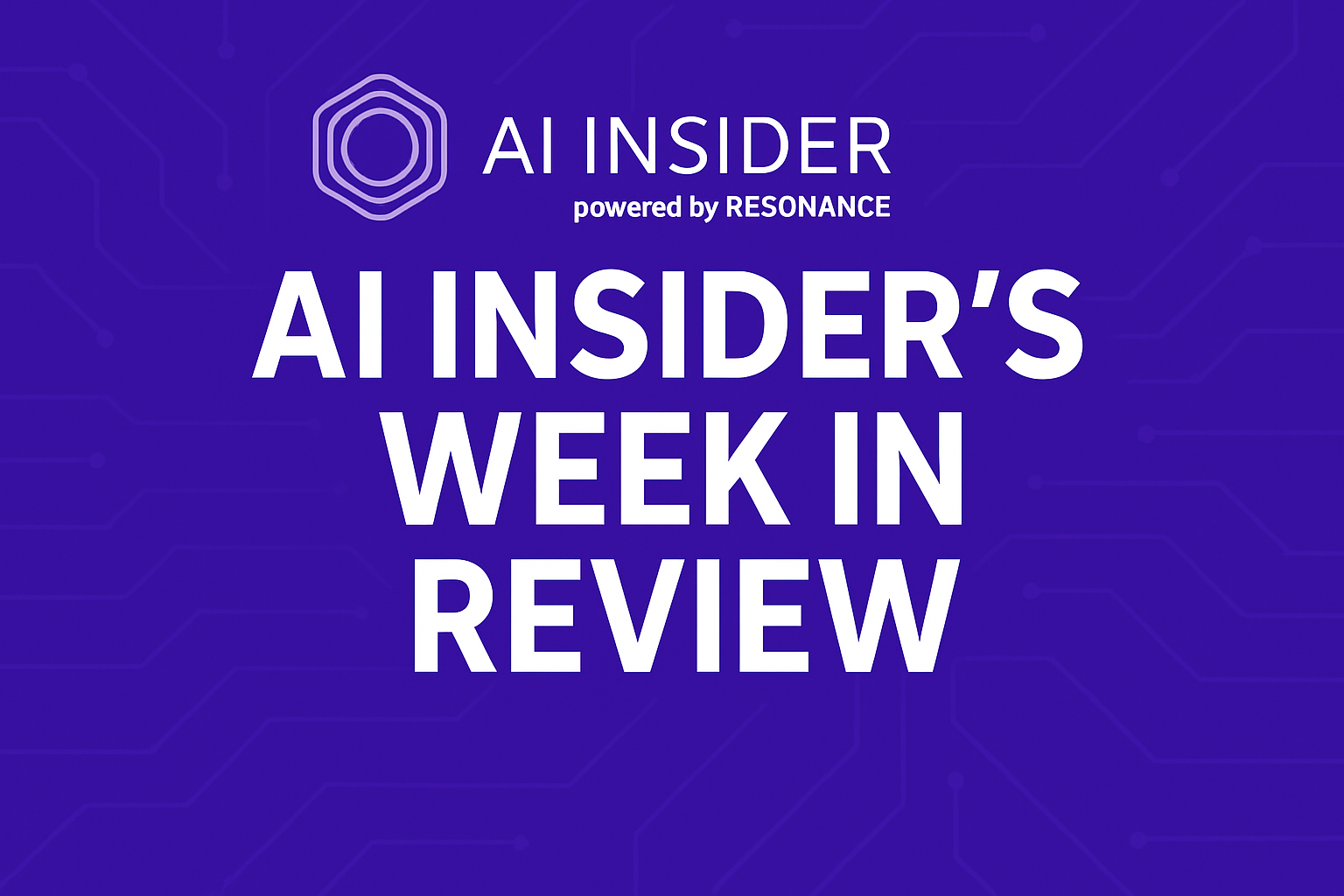In a recent interview on ‘The Exchange’ hosted by Deirdre Bosa at CNBC, Figma CEO Dylan Field disclosed new AI features that his company has been working on, the collapsed deal with Adobe, and how he sees the future landscape for AI within design. The discussion got deeper into how Figma is using AI to take user experience to entirely new levels and what the future of the design industry holds in store.
Field started by explaining the AI technologies powering Figma’s new features.
“We’re using OpenAI for our language models and a diffusion model hosted by Amazon,” he said. These choices were based on their effectiveness for Figma’s specific use cases. “The reality is you build this in a modular way where you can swap out models because the only constant right now is change,” Field added, reflecting on the rapid development in AI.
The CEO acknowledged the dynamic nature of the AI field, saying: “We’re in a period of just rapid development for this field. Models are getting faster, and prices are decreasing.” This rapid evolution makes it essential for companies to stay adaptable.
“It definitely feels like a race to me,” said Field, indicating the competitive environment in AI development.
When discussing the introduction of Figma’s AI features in beta mode, Field shared his approach to managing costs and user feedback.
“We’re going to eat the cost for 2024 because we don’t know how people are going to use these features yet,” he explained. This cautious approach allows Figma to gauge usage patterns and refine their pricing model accordingly. “We’ll figure out the costs and clearly communicate those in 2025,” he assured.
Field stressed the importance of integrating AI deeply into Figma’s products to enhance functionality rather than merely adding superficial features.
“What we care about is making sure that we’re not just sprinkling AI fairy dust on top but really adding functionality deep into the product to make a designer’s life better,” he stated. This commitment to meaningful innovation sets Figma apart in the AI space.
Reflecting on the broader AI landscape, Field compared the current period to the early 2000s tech boom.
“It’s a period where I think we’ll look back on this likely the same way we look back at the 2000 period,” said Field. “There was Amazon, there was Google. Who are the Amazons and the Googles that we’re going to look back on from this era?” Field’s views suggest that significant, lasting companies will emerge from today’s AI advancements.
Regarding the abandoned merger with Adobe, Field expressed a sense of resilience and forward momentum.
“We kept our foot on the gas, and that’s why we’re able to, six months afterwards, announce a ton of stuff on the stage,” he said. This determination has allowed Figma to continue innovating and releasing new features despite the setback.
As for future plans, Field hinted at an IPO, stating: “There’s two paths in tech, either M&A or IPO, and we tried one of those. You can probably guess what the other one is that will be in our future.” This suggests that Figma is gearing up for a public offering, positioning itself as a strong, independent player in the tech industry.
The interview with Field has brought to light how Figma uses AI strategically in enhancing design tools and a commitment to innovation. It wants to be at the forefront of the design industry, providing state-of-the-art AI technologies from a user-centered approach. As Field perfectly put it: “We’re using AI to make designers’ lives better.”






